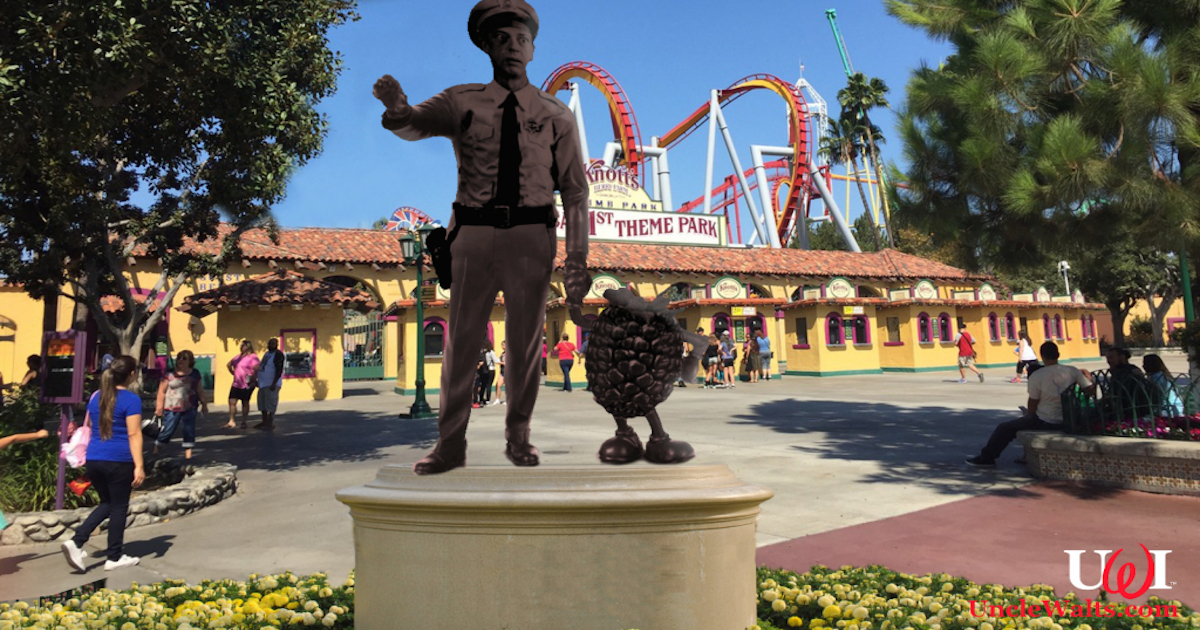

The ledger came to be referred to as a "death list" by the prosecution, who alleged it recorded the dates the men were murdered. There was also a work ledger that contained 34 names and dates, including seven of the known victims. Evidence indicating his guilt was discovered and seized, such as two bloodstained knives, a machete, a pistol and blood-stained clothing.

In the early morning hours of May 26, 1971, police entered Corona's Yuba City home with a search warrant and arrested him. Witnesses later told police that some of the victims had been last seen riding in Corona's pickup truck. This circumstantial evidence gave an added boost to the case. In another two graves, there were two crumpled Bank of America deposit slips printed with Corona's name and address. In one grave, deputies found two meat receipts bearing Corona's signature. In the hole was found the body of a man who had been stabbed and hacked. On May 19, 1971, a farm owner who had used Corona to contract field workers noticed a freshly dug hole in his peach orchard which was filled the next day. A year later, in March 1971, he applied for welfare. In March 1970, Corona was again admitted to DeWitt State Hospital for treatment. He was in charge of hiring workers to staff the local fruit ranches. This same year, he became a licensed labor contractor. Aside from schizophrenic episodes and a reported violent temper, Corona was regarded as a hard worker. Upon his release, Corona was deported to Mexico. He received twenty-three shock treatments, before being pronounced recovered and released three months later. On January 17, 1956, Natividad had him committed to DeWitt State Hospital in Auburn, California, where he was diagnosed with "schizophrenic reaction, paranoid type." Apparent recovery Ĭorona was apparently suffering from an episode of schizophrenia. A rush of water broke through the west levee and flooded 100,000 acres (400 square kilometers), killing 74 people. It was one of the most widespread and destructive of any in the recorded history of Northern California. In late December 1955, a flood occurred on the Yuba and Feather Rivers. Hermosillo on October 24, 1953, in Reno, Nevada. Ĭorona moved to the Marysville/Yuba City area in May 1953, at the suggestion of Natividad, and found work on a local ranch. 1923–May 23, 1973), had immigrated to California in 1944 to work and settled at Marysville, across the Feather River from Yuba City. Crossing the border into California at 16, he picked carrots and melons in the Imperial Valley for three months before moving on north to the Sacramento Valley. He first entered the United States in 1950. The making of additional copies is prohibited.Juan Corona was born in Autlán, Jalisco, Mexico, on February 7, 1934. The reader is permitted to make one copy of the information displayed for his/her own non-commercial use. The information, content and artwork provided by this website is intended for non-commercial use by the reader. Neither Corona Regional Medical Center, or any of their affiliates, nor any contributors shall have any liability for the content or any errors or omissions in the information provided by this website. Remember: There is no adequate substitution for a personal consultation with your physician.
#Corona california professional
Your individual health status and any required medical treatments can only be properly addressed by a professional healthcare provider of your choice. The information on this website is provided as general health guidelines and may not be applicable to your particular health condition. (UHS), a King of Prussia, PA-based company, that is one of the largest healthcare management companies in the nation.


 0 kommentar(er)
0 kommentar(er)
